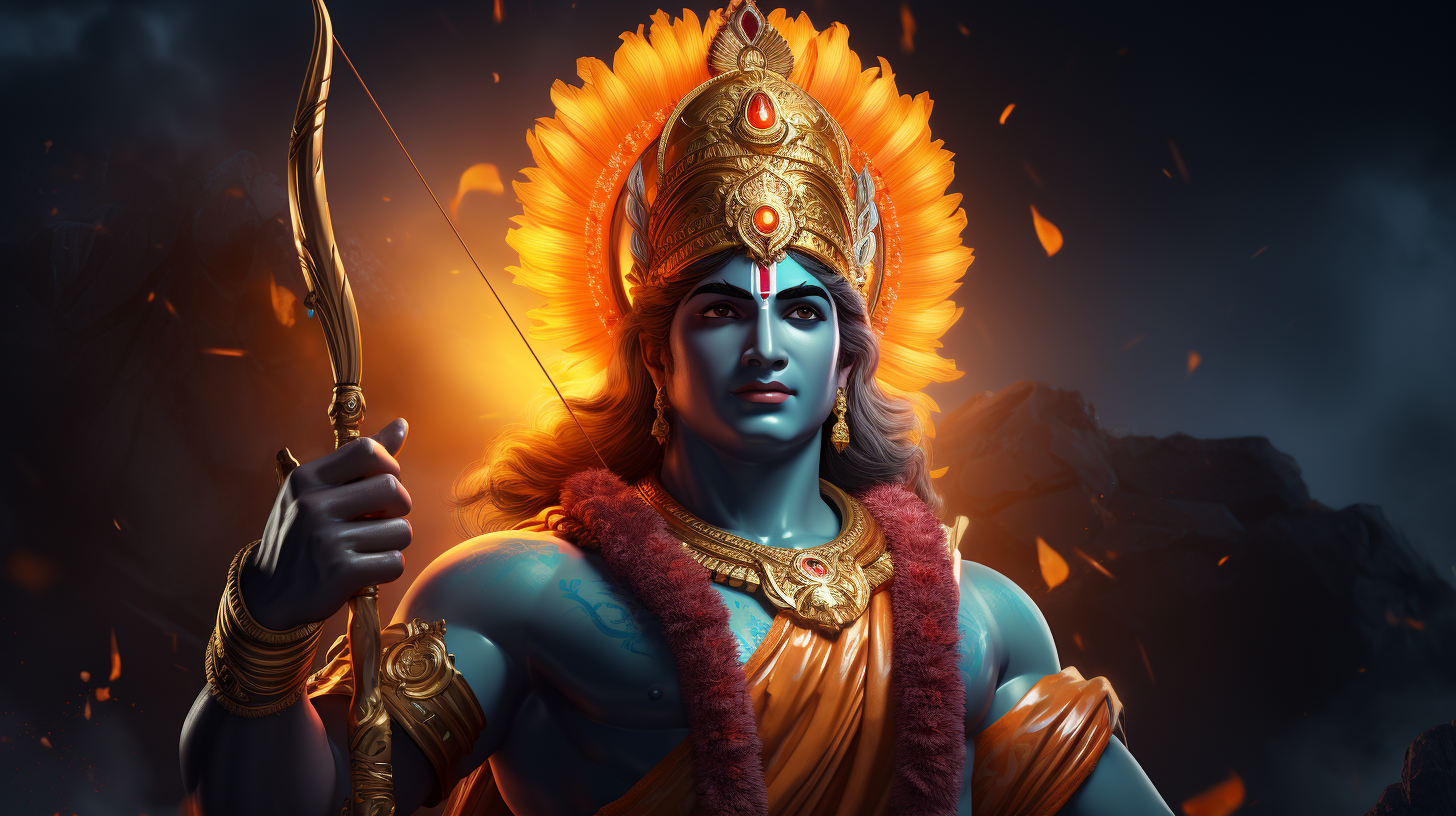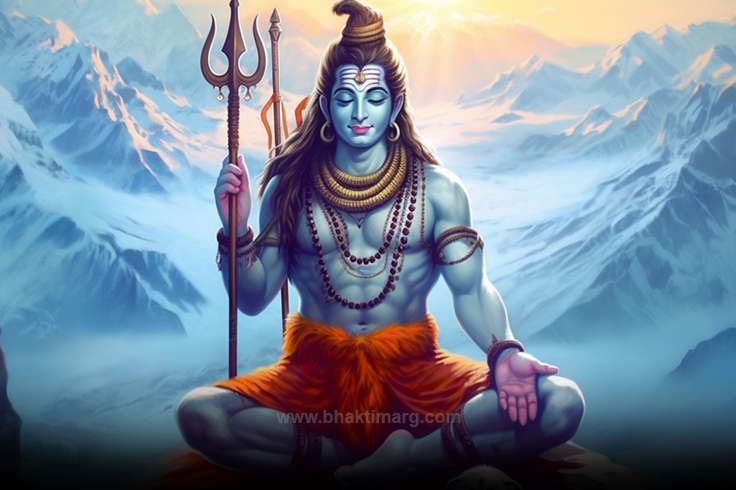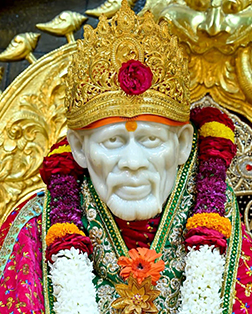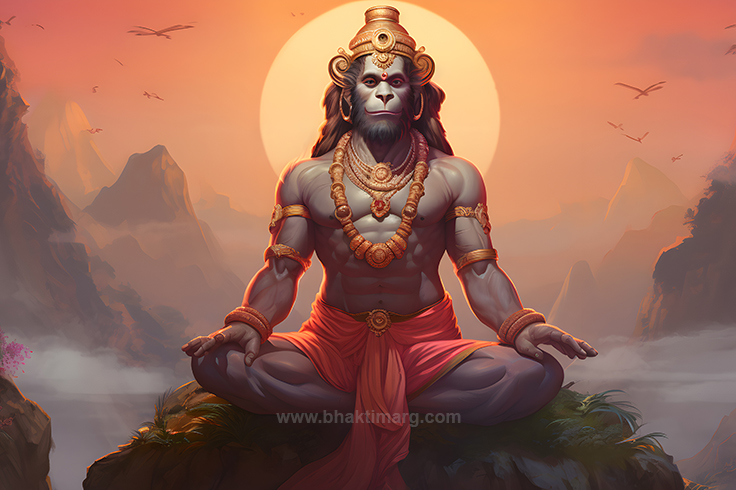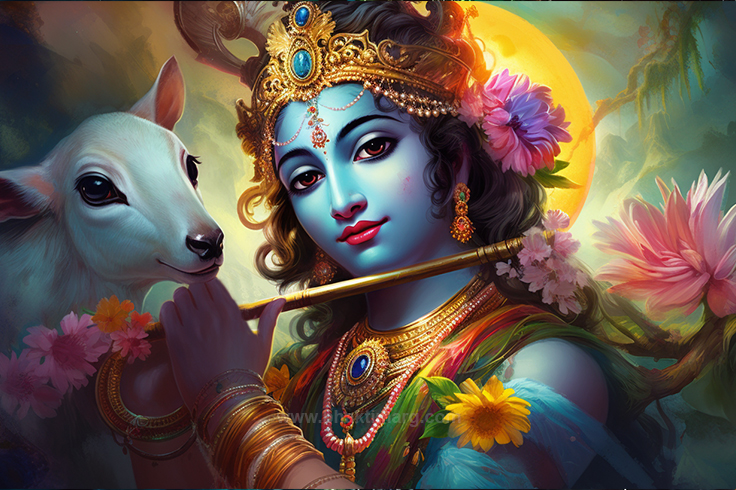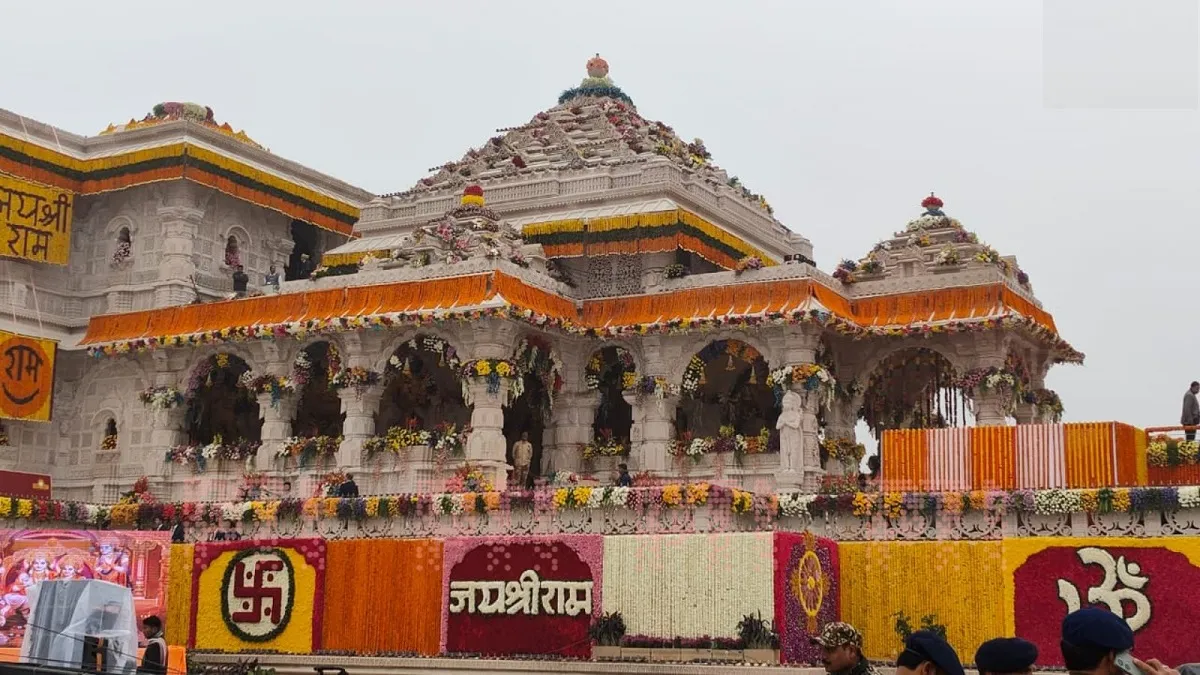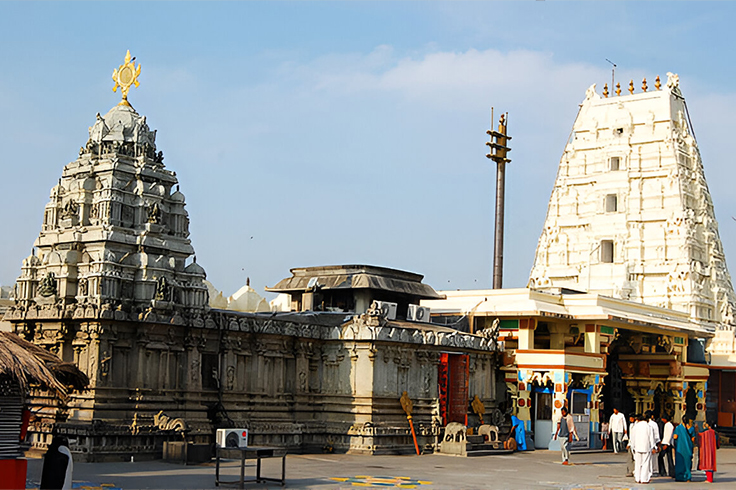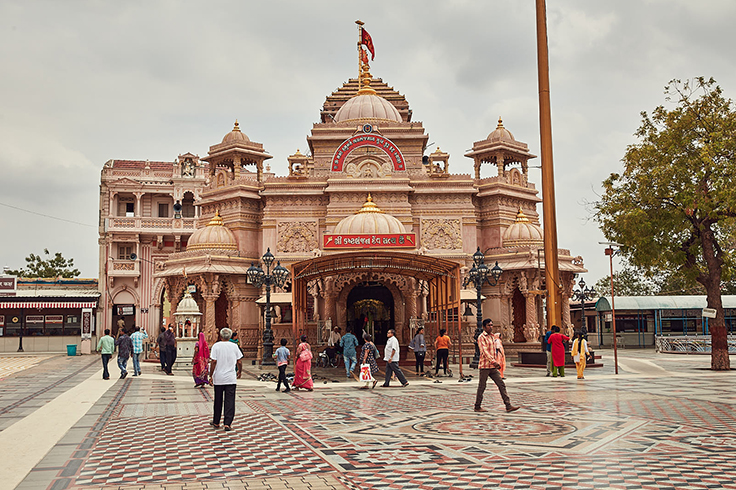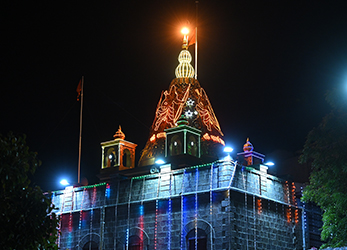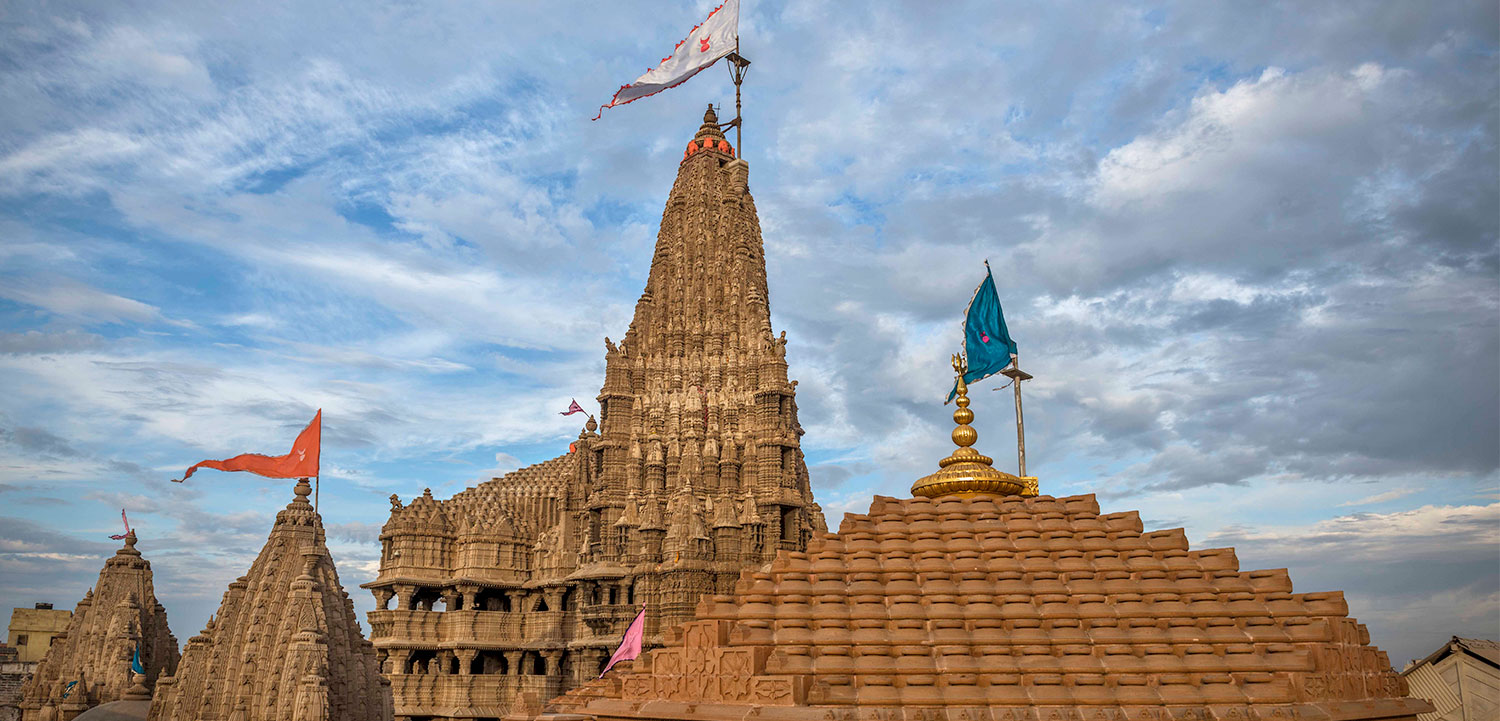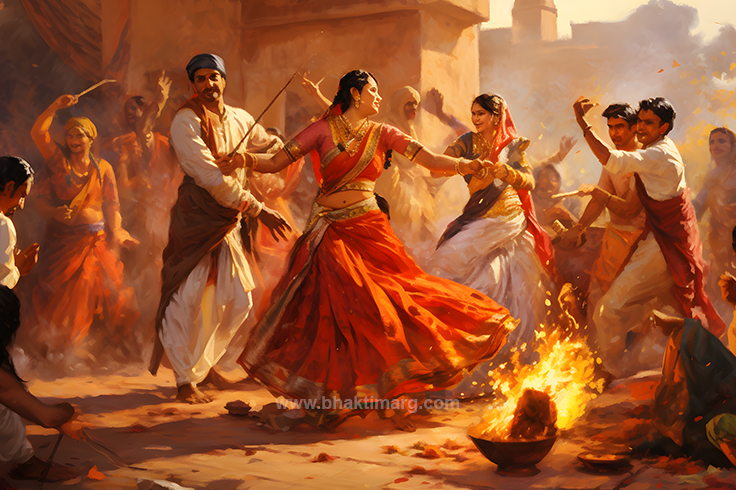
The Ultimate Guide to Navratri Celebrations: Traditions and Rituals
The word Navaratri meaning is in the word itself Nav means nine and Ratri means nights, where er celebrate 9 nights of Goddess 9 different Avatars. Goddess Shakti is mentioned in the scriptures as the eternal partner of Lord Shiv the energy source of the universe. Navaratri celebration is in honor of the nine avatars of Goddess Shakti who is considered the substance, nature, or the divine feminine. Dedicated to Maa Shakti in the Indian Philosophical school is Shaktisim one of the major sects of Hinduism. They worship the Adiparashakti original divine feminine as a central deity in several forms. They consider the Mahadevi the supreme godhead who is the resourceful power energizing the material world, and hence Navaratri festival is celebrated pompously among the Shaktas.
Why is Navratri Celebrated?
The Navaratri celebration is said to have its roots in the legend of a play orchestrated by Goddess Parvati the human birth of Shakti who was self-aware and elevated from the human realm even after being connected to the material world. This festival is to celebrate the various attributes and nature of the mother goddess, where in 9 days all her nine forms and what they represent are worshipped gratefully.
Talking about Navratri it is a celebration of goddesses’ victory over the demon named Mahisasur.
Scriptures mention the events of Goddess Durga concluding the battle with Mahishasur the buffalo demon who was deceptive and extremely powerful obtaining a boon from Lord Brahma. It is said that during the nine days of Navaratri, Adiparashakti took Durga form to defeat the demon protecting the people and herself from his tyranny invoking her inner power when her husband was in Yoga Nidra. Another legend states during Navaratri, Goddess Durga leaves her abode and descends on Earth and fight all the evils destroying sins and protecting her children, her devotees from negative aspects playing the role of comforting mother and ferocious fighter at the same time.
Another story is simply the Goddess Shakti in her nine different forms visiting the Earth for her devotees establishing the righteousness in the world and aiding her worshipers. The tenth day is celebrated as Vijaya Dashmi in Navaratri festival in many states depicting the victory of Lord Rama from the demon king Ravana.
There are many such legends and stories in different scriptures with the deferring beliefs about Navaratri festivals being celebrated in different cultures differently. Albeit the navratri celebration is carried out grandly in different regions of India and the biggest significance is to celebrate the divine feminine power to depict that women are not. Rather, the strong force that can destroy the being offending her with the worship of the Supreme Goddess.
About Navratri: Celebration Time & Dates
Navaratri Celebration spans for nine nights where the Goddess Durga is established in local homes and praised with traditional rituals. The goddess is said to be residing with the people for those days. The Navaratri Puja is generally between September to October which is called Sharada Navaratri in Hinduism. There are other three Navaratri celebrations namely Chatra Navaratri which falls under March and April, Ashadi Navaratri celebrated in June or July, and Magha Navaratri which is under the month of January-February. All these are followed in different cultures according to their Kuladaivat (family deity) beliefs.
The Navaratri Pooja and Celebration in 2023 will be from date 15th of October to the 24th of October which is the Vijaya Dasmi popularly celebrated as Dasara. During the nine days, each avatar of Maa Shakti is praised and people follow Navratri’s 9 colors each depicting the nature of goddesses in different forms. Following is the Navaratri Celebration Colors 2023 list and names of goddesses praised,
- Pratipada (Orange): Devi Shailaputri
- Dwitiya (White): Devi Bhramacharini
- Tritiya (Red): Devi Chandraghanta
- Chaturthi (Royal Blue): Mata Kushmanda
- Panchami (Yellow): Devi Skandamata
- Shasthi (Green): Devi Katyayani
- Saptami (Grey): Devi Kalaratri
- Ashtami (Purple): Devi Maha Gauri
- Navami (Peacock Green): Devi Siddhidhatri
Navaratri Traditions and Rituals
Navratri celebration is a Hindu Festival commemorated throughout the country with zest and a distinctive manner. There are traditions Navratri rituals symbolizing their heritage and culture that join them to their roots. It involves a rich tapestry of traditions and rituals which can vary across regions in India
- The navratri Celebration carries for nine nights and ten days and on the tenth day Vijayadashami. It is celebrated in the north by burning large Mannequins of demon king Ravan marking his defeat by the Ayodhya Prince Raam.
- In many regions, it’s a navaratri ritual to perform sacrificial offerings of animals on the tenth day as a part of the navaratri celebration, Vijaya Dashmi when Adiparashakti finally overcame the demons. This ritual is a tradition believing that the demons would scatter with the blood smell and leave a way for the goddess to ascend her throne again.
- In South India households create display dolls and figurines arranged on a step platform, this is known as Golu in Tamil Nadu, Bommai Kolu in Karnataka representing the goddess’s presence. In some western regions, it’s a Navratri Tradition to establish a Kalash along with a basket of Dhanya representing the goddess’s presence symbolizing the Mahagauri and Annapurna form.
- Navaratri Pooja is generally performed on the eighth day worshiping the Maha Gauri the form of Adi Parashakti that has the original essence of the goddess. In West Bengal and some eastern parts following the Navratri Traditions Durga Puja is conducted with a grand procession, a cultural program where Goddess Durga is worshipped and immersed on the last day
- The Garba and Dandiya Raas are among the famous Navratri traditions practiced in Gujrat and some parts of North India, in the eastern part the the folk dance Managalagaur is famous.
- There are Navratri Rituals like Kanya Puja or Kumarika Poojan on Ashtami where young girls are worshipped as the incarnation of the goddess. Then practice of enlightening eternal flame, Akhanda Jyoti to all the ten days of Navratri, chanting and recitation on Durga Saptashasti, and fasting in a way to purify the body, mind, and soul showing devotion to the goddess is practiced.
- The most famous practice in the Navratri tradition is Ayudha Puja where tools, machinery, and weapons are arranged for puja.
Navaratri Celebration includes a lot of cultural and traditional programs that foster a sense of community and social bonding as people come together to celebrate and worship the goddess. These Navratri traditions and rituals make it a diverse and spiritually enriching festival celebrating the goddess’s power, and victory of good over evil.




